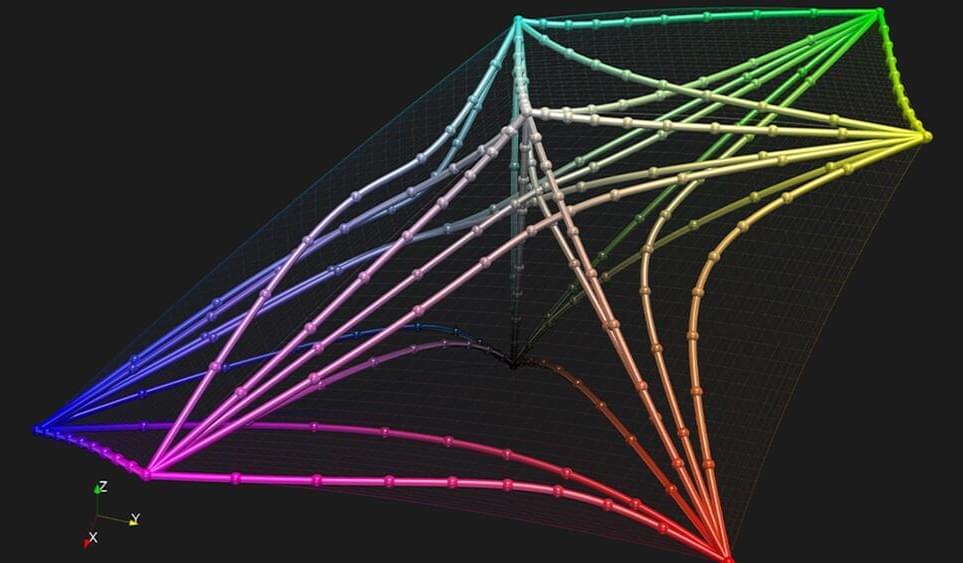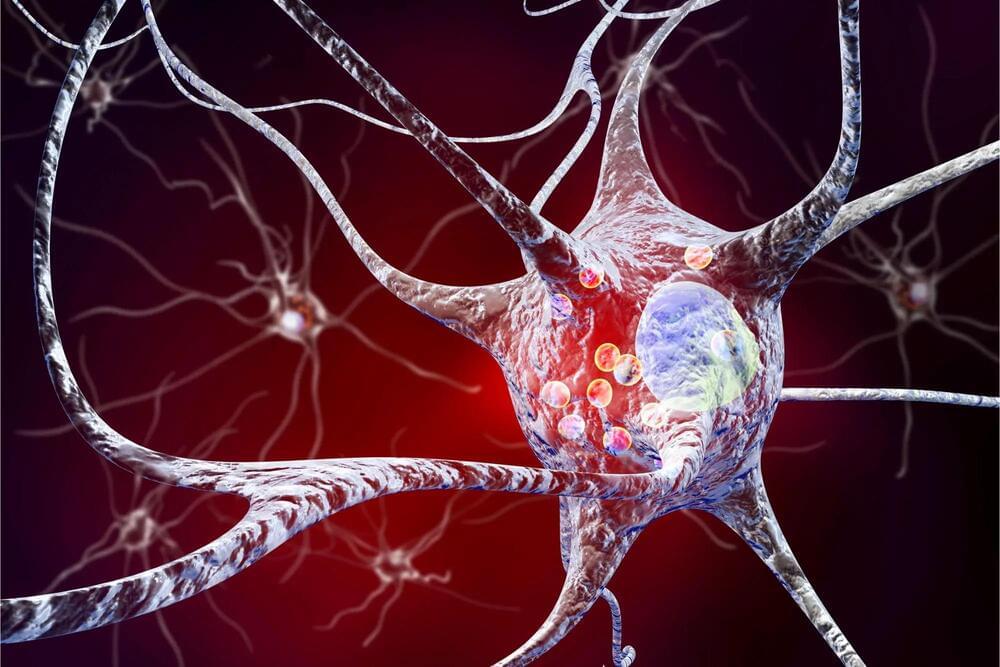NASA has updated its plan to decommission the International Space Station. The agency has decided not to use Russian Progress spacecraft.
Here’s What We Know
The federal agency will create a new spacecraft. Its development will be taken up by American companies. The decision is due to the deterioration of relations between the United States and the Russian Federation.









